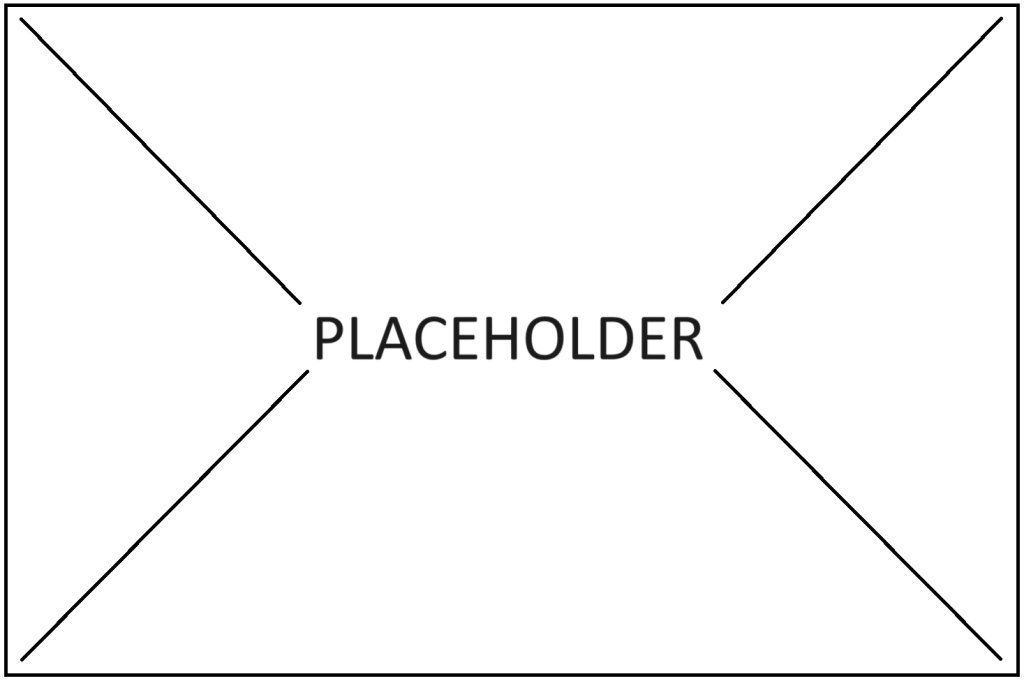
This model was founded in Brazil and forms part of the Brazilian family health strategy and has been in place for over 30 years. This is a key part of the Brazilian primary care health system and has demonstrable evidence on how it can positively impact inequalities. The Brazil model is based on employed community health and wellbeing workers (CHWWs), linked closely with GP (General Practice) practices and other statutory and community services.


These workers are allocated to a set number of households in a micro area (between 80 to 150 each worker) identified in the most deprived areas. The workers will build trusted relationships with all householders regardless of age. They will stay a constant for these households and will not be removed or diverted to other work. These workers will become well-respected members of their local community. The purpose of their role is to be a trusted figure that householders can build a long-term relationship with. The workers will be proactive in understanding what matters to each householder. From this understanding they will be able to identify any barriers that exist to then help find options to overcome some or all of these. This is the essence of understanding inequalities and then being able to positively impact on them. The workers will visit every household at least monthly, irrespective of need.
Their role includes supporting householders, building relationships, navigating the local community and engaging with the wider community (see job description). In addition, they can empower and engage people, families and communities in health and wellbeing related activities. To really ensure that the CHWWs are embedded into their community, there needs to be close links with local community providers. This relationship is key as most of the support for these households will come from the community. This relationship could result in a local community providing hosting for some or all of the CHW.



